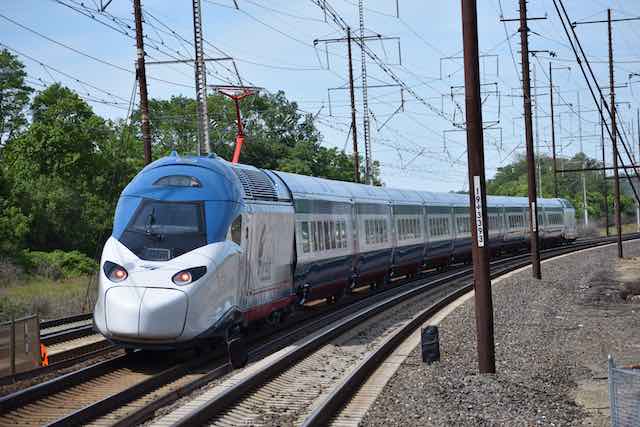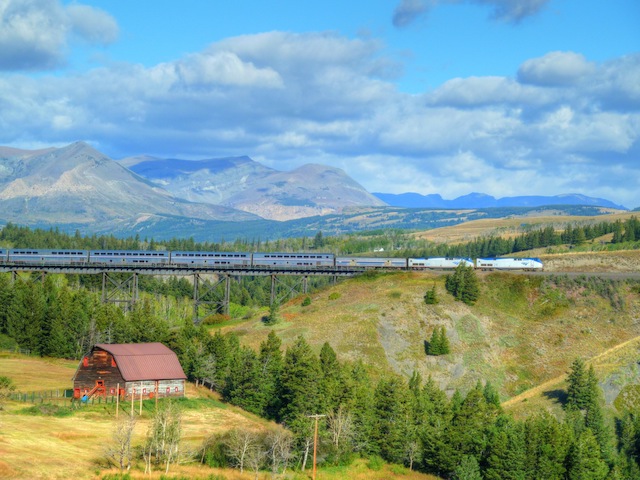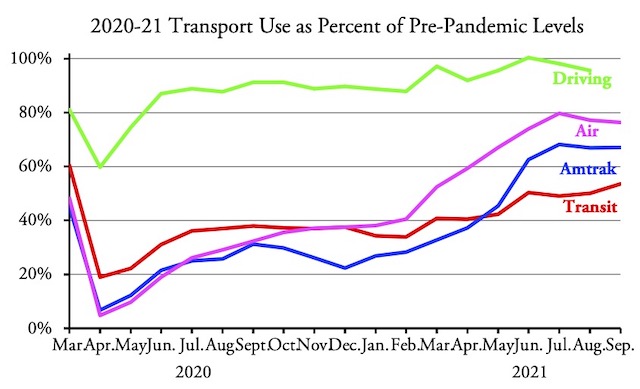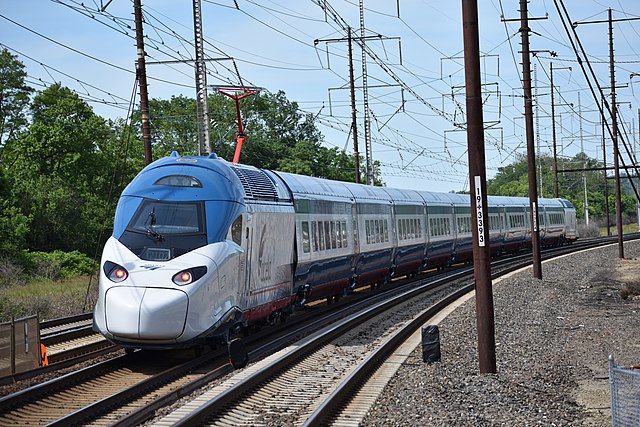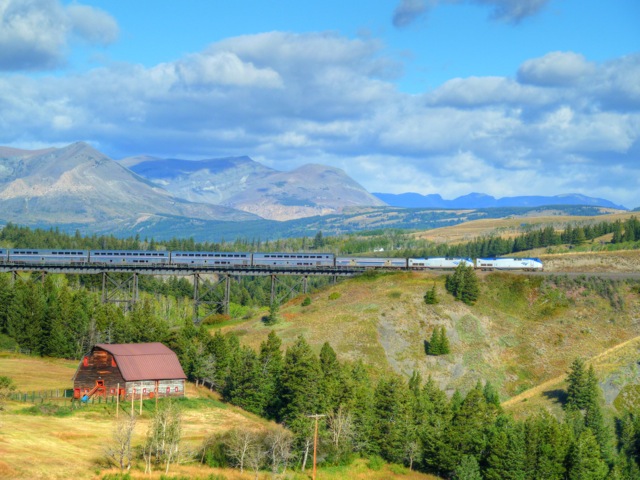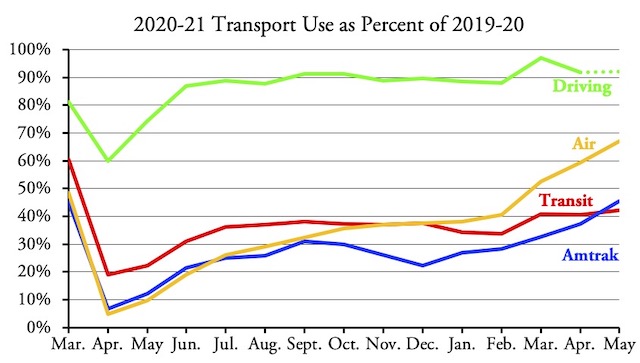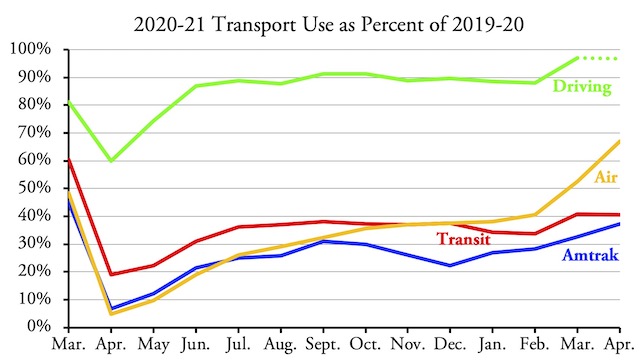Amtrak announced last week that its current chief executive officer, William Flynn, will retire in January and be replaced by Stephen Gardner. Gardner thus will become the company’s fifth CEO in six years.
Amtrak’s new CEO will oversee the spending of $30 billion to improve the Northeast Corridor and another $30 billion or more to increase service in other parts of the country. Photo by Simon Brugel.
Six years ago, Joseph Boardman had been one of Amtrak’s longest-serving CEOs, having been hired in 2008. But there were reports that he suffered temper tantrums and profanity-laced tirades to subordinates. Many people were happy to see him go when the board of directors replaced him with Charles “Wick” Moorman in late 2016. Continue reading

